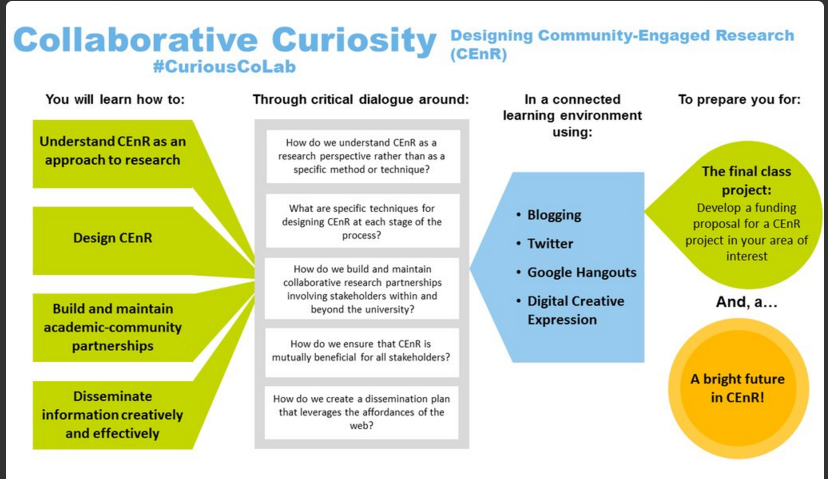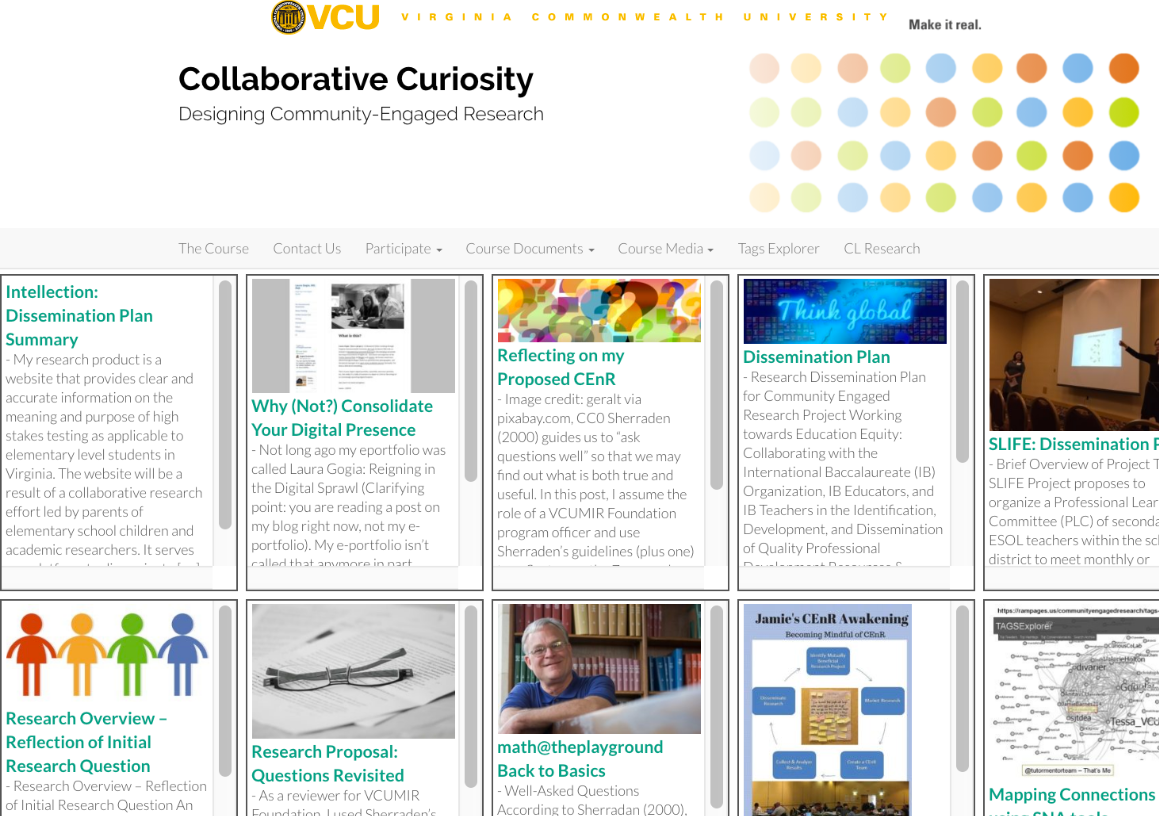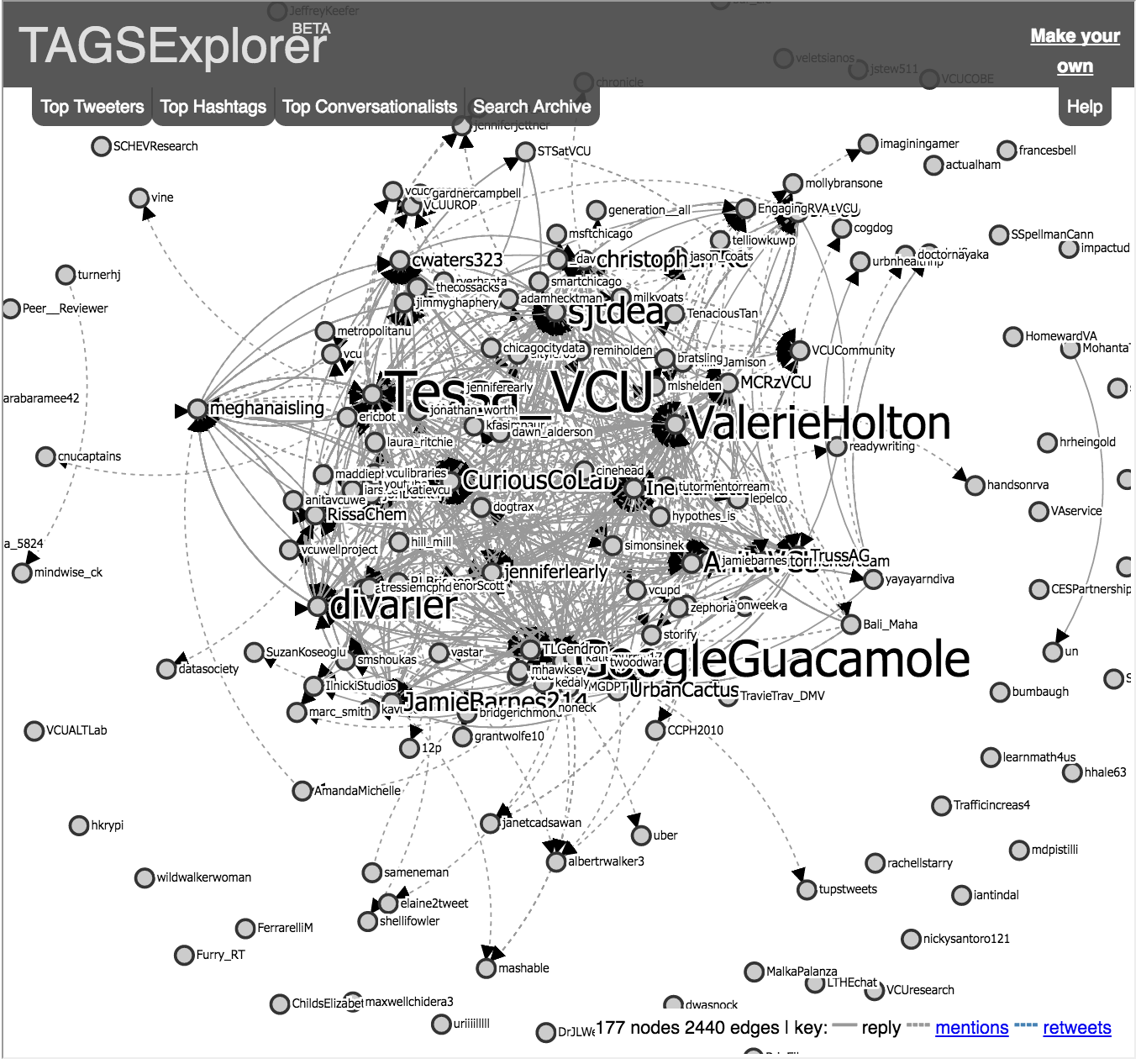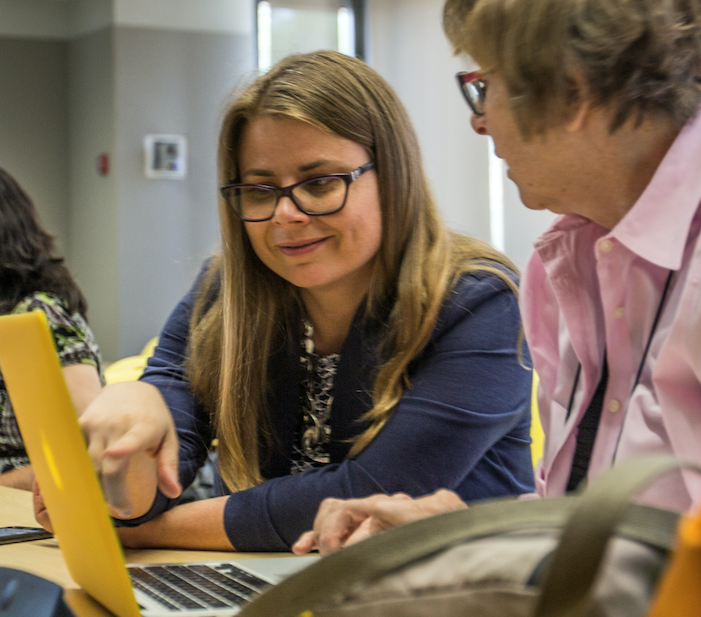Reflections of a Connected Learning Coach
Published by: WCET | 7/13/2016
Tags: Assessment, Course Design, Distance Education, Instructional Design, Regular And Substantive Interaction, Retention, Student Success, Teaching
Published by: WCET | 7/13/2016
Tags: Assessment, Course Design, Distance Education, Instructional Design, Regular And Substantive Interaction, Retention, Student Success, Teaching
For the past six weeks I have been serving as the connected learning coach for Collaborative Curiosity: Designing Community Engaged Research, a fully online, graduate level, connected learning course sponsored by the Virginia Commonwealth University (VCU) Division of Community Engagement and taught by Valerie Holton and Tessa McKenzie.
Like connected learning, which has been used in the educational literature to indicate everything from online to social to experiential learning, I suspect connected learning coaching can mean many things to different people. In this case, I am a resource introduced by the instructors into a learning community to provide personalized student support related to the digitally networked participatory practices associated with openly networked connected learning.

The Context
Collaborative Curiosity belongs to a portfolio of innovative online courses that emerged from VCU Academic Learning Transformation Lab under the creative guidance of Gardner Campbell and Jon Becker from 2014 to 2016. Currently in its second iteration, Collaborative Curiosity takes place entirely on the open web. All course materials freely accessible on the public course website to allow for community participation and engagement in the course. Weekly synchronous class discussions take place on Twitter, and assignments are completed via blogging on personal student websites (a variation of Domain of One’s Own). The individual student websites are networked through tagging and RSS feeds to the course website so that participants, observers, and instructors can visualize the big picture of how participants are making sense of the materials and activities related to the course.

The Inspiration
Based on my prior research, the digital landscape of Collaborative Curiosity – the blogging, the tweeting, and the openly networked course space – provides ample opportunity for students to engage in connected learning. As described by the Digital Media Learning (DML) Research Hub, connected learning is an experiential educational approach that encourages students to recognize, strategically reflect on, and forge new connections between people, contexts, ideas, and personal experiences for the purpose of deeper, more authentic learning. Digital environments are particularly powerful connected learning spaces, because they allow students to access more resources and authentic audiences, express themselves through near-professional grade media, and make more immediate connections via hyperlinks and personal learning networks.
Having spent several years studying openly networked connected courses at VCU, I am convinced these environments are (potentially) powerful spaces with endless possibilities for inclusive, authentic learning. Very preliminary findings suggest that most students find Collaborative Curiosity more engaging and equally as challenging as other instructional approaches while recognizing that it deepens their digital fluency, awareness of open scholarship, and perceptions of the professional and scholarly possibilities for online spaces. However, the digital participatory approaches used in courses like Collaborative Curiosity are so novel that many students (and instructors) need significant pedagogical and technical support to take full advantage of the experience.
In today’s higher education environment, instructors seldom have the time or resources to provide such intensive personalized support in any sort of sustainable way. Hence the idea of a connected learning coach: a person that is neither an instructor nor a student, but rather a class consultant willing to provide formative feedback and technical support around digitally networked participatory practice for both students and instructors when they need it.

The Role of a Connected Learning Coach
Given the highly experimental nature of connected learning coaching, the course instructors and I agreed to allow the defining characteristics of my role to emerge as the course took place. Six weeks into the experience, I see my purpose in this particular learning community as meeting the following needs:

Initial Thoughts
The course is still in progress. Therefore, I only have initial thoughts on outcomes and impact to share. I’ve enjoyed watching students expand their digital communication and connecting skills quickly. Anecdotal evidence suggests these particular students have appreciated having someone there to help them with the technical aspects of blogging and tweeting. Furthermore, an initial, informal analysis suggests they are making diverse and powerful connections across the learning community and their own work. Six weeks into the experience I’m focused mainly on staying out of their way as they continue to learn. Some things I have learned and will carry with me into my future experience:

Laura Gogia
Independent Educational Consultant
Connected Learning Coach Blog Posts (to date):
Greetings from the #CuriousCoLab Connected Learning Coach
Why Personalizing Your Blog Matters
Downloading and Printing: Thoughts on Info Dissemination
2 replies on “Reflections of a Connected Learning Coach”
[…] and this is not the first time I have done this; in fact, for more details, you can check out this WCET blog post. During this course – usually in the form of blog comments or tweets or infographics– I will be […]
[…] I found by working as a connected learning coach in these digital environments was that digital architecture was a wonderful place to start […]